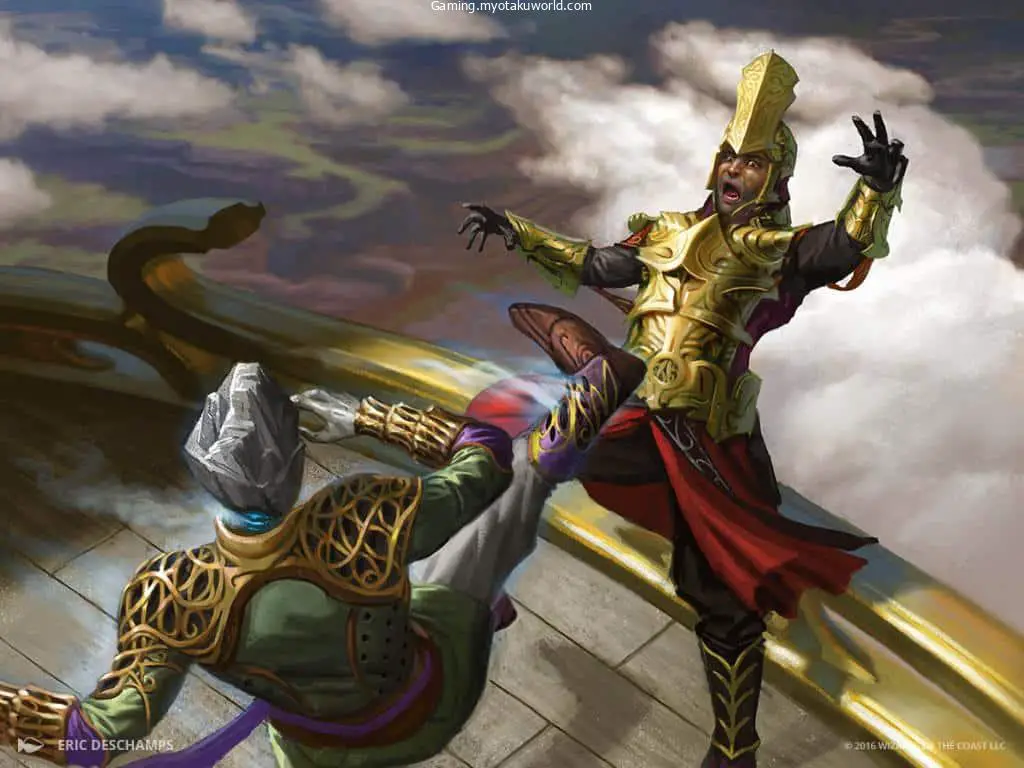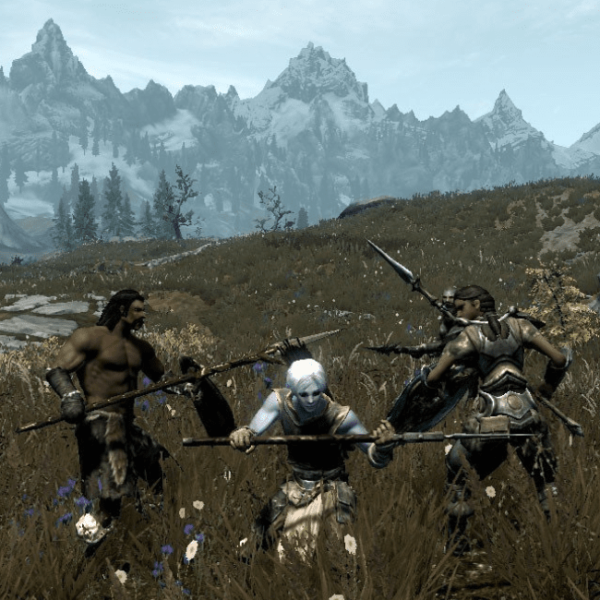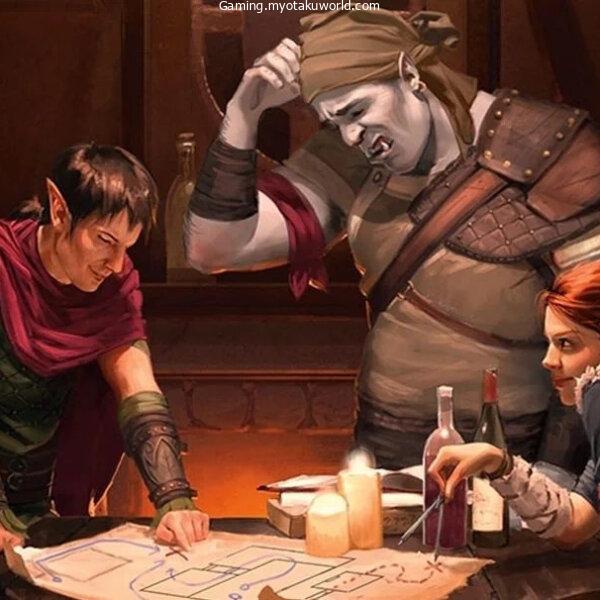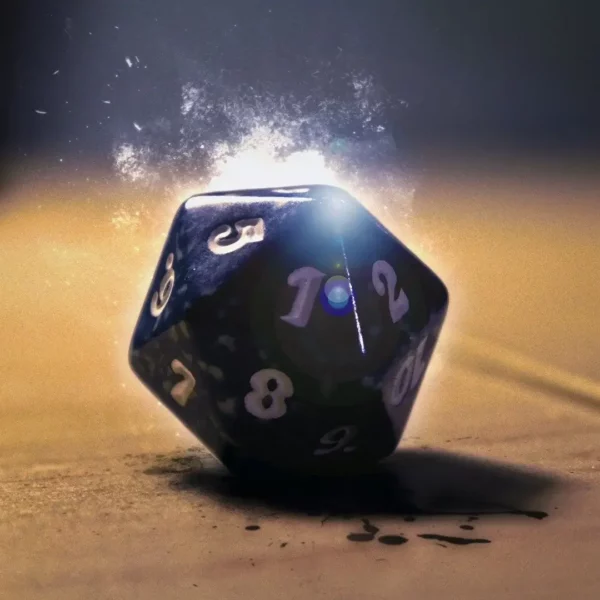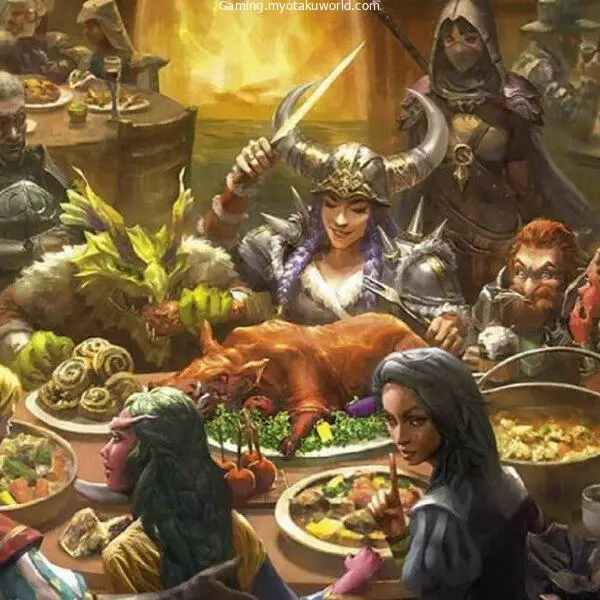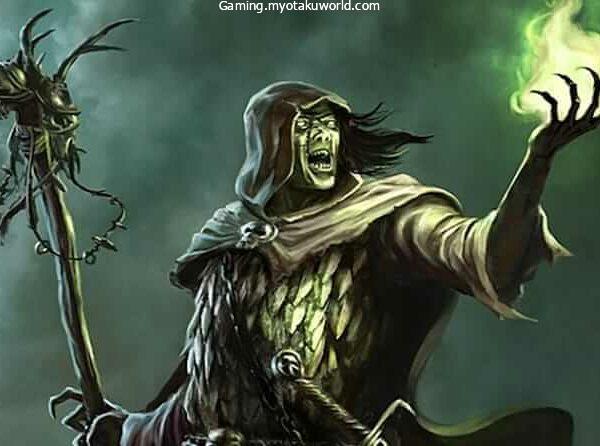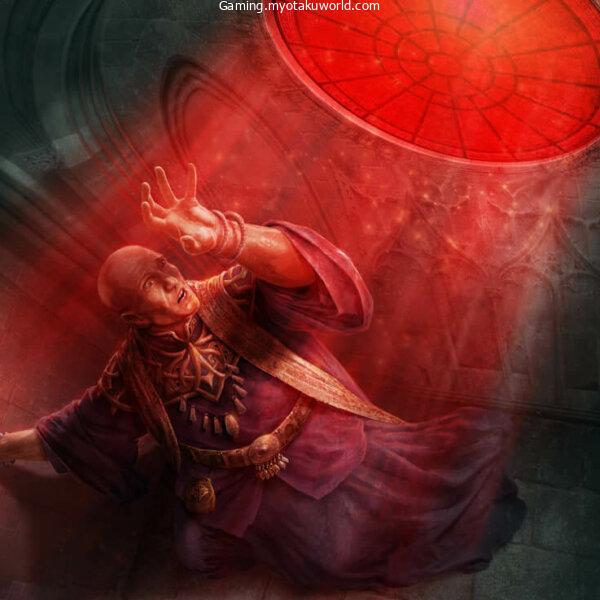Shove is a skill that every character in D&D can use. Shove’s use depends on the case, but when it’s used right, it can be very powerful.
Shove is an important skill for any fighting character with a lot of strength.
Shove Action 5e
When players (and DMs) want to do something offensive, they (and they) often forget that pushing is a good move. But pushing can often cause more damage to the group as a whole.
It doesn’t help that pushing and wrestling can be hard for new players to understand.
So, we’ll talk about both the rules for pushing and ways to use pushing as part of your general combat strategy.
How the Shove Action Works
One of the things you can do on your turn besides cast a spell or make an attack is shove. You can try to push a monster down or try to move it away from you in a certain direction.
A contested check means that both you and your opponent must roll to see how well you do.
Your DM will ask you to roll a Strength (Athletics) check, and your opponent can either do the same or roll a Dexterity (Acrobatics) check.
Whoever rolls higher wins. If you try to push someone and they resist, you don’t knock them down and you don’t move them away from you.
Remember that the saying “meets it beats it” also applies here: if you and your opponent both roll the same number, they still win.
There are some things you need to remember about the Shove motion. For example, you can’t push a monster that is bigger than you by more than one size. For most adventurers of average size, that means you can only shove big creatures.
Also, you can’t use shove as a second attack when an enemy moves out of your range. You can either attack or cast a spell (if you have the War Caster feat), but you can’t do special moves like Shove or Grapple.
Also, if you push a target and they move out of your or someone else’s range, no one gets an attack of opportunity because the target didn’t choose to move.
- If the target is knocked to the ground, the following things happen to the creature:
- If a creature is prone, the only way it can move is to crawl, unless it stands up, which stops the condition.
- The thing has a bad roll when it tries to attack.
- If the person making the attack is within 5 feet of the enemy, they have an advantage on their roll. If not, the strike roll will be at a disadvantage.
Page 292 of the Player’s Handbook
“Every foot of movement while crawling costs an extra foot” (PHB 191).
So, that’s the main idea behind shoving in 5e.
Shove and Reach Weapons
Shove is a melee move, so you have to be close enough to an opponent that you can reach them to shove them.
So, what happens with guns that have the reach property? You can only push in Dungeons & Dragons with your bare hands.
It seems strange and goes against common sense, but you can’t use a weapon to do the shove move. That’s too bad, because it means that reach guns don’t help you push farther.
Best Classes to Use the Shove Action
Fighters, Barbarians, and Paladins are the best classes to use the shove action because Strength is one of their main ability scores.
You’re making a Strength (Athletics) check, so you want to make sure your character has a chance.
Barbarians who are Raging have an edge on Strength checks that involve pushing, making it more likely that they will win the fight.
Fighters have an advantage because they can make so many attacks in a single move. Paladins and Barbarians get two attacks at level 5, so they can attack and shove their targets in the same turn.
Fighters, on the other hand, keep getting more attacks and can really go to town.
When to Use the Shove Action
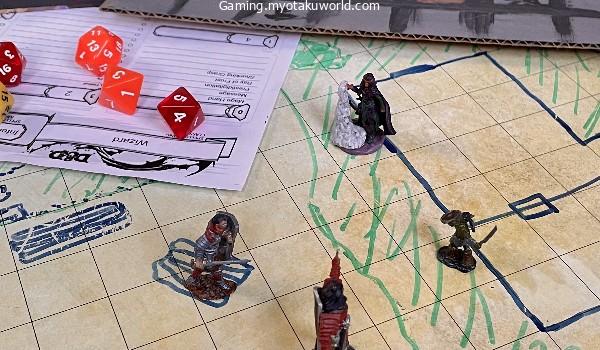
As mentioned in the introduction, the Shove action works best when there is something to push an enemy into (or off of).
When fighting outside, environmental dangers are common, so pushing an enemy to your left into quicksand, a trap, off a cliff, or into a pool of molten lava is always a good idea.
When you push someone, you can also make them fall down, which gives you and your allies an edge in close combat.
If you and another close friend are working together, you can push your target to the ground and then have your other friend grab them to make sure they don’t move before your turn comes back around.
Keep in mind, though, that allies have a disadvantage when using ranged strikes on prone targets, so use this part of Shove carefully.
You can also use the Shove action to move friends 5 feet away when they are being grappled or are in immediate danger.
Remember that a creature that is pushed doesn’t make an attack of opportunity, so pushing a friend away from a striking attacker won’t get them in trouble.
If you have the initiative over them, they can use their standard movement on their turn to get away from their attacker without wasting an action.
How to Use Shove 5e
To get the most out of shove in DnD 5e, try some of the following:
If you have Extra Attack, you can push a monster down to the ground to make your next attack better. Attack rolls against animals that are on their backs have an edge.
This is the easiest way to use shove to give yourself a quick attacking edge. Also, based on who has the initiative, your allies should be able to attack with advantage.
Be careful when using this with groups that have a lot of ranged weapons, because hitting prone creatures at a distance makes the attack roll worse.
Push a monster down, then use grapple to keep it there. It is very useful to jump on top of a critter that is lying down to grapple it. The competition for wrestling is the same as for pushing, but you need to have a free hand (PHB 195).
“A grappled creature’s speed becomes 0.” This is the most important reason why this combo is so powerful: standing up from being prone costs half of a creature’s moving speed (PHB 290, 190-1).
So, if a creature is both prone and grappled, it can’t move and all strikes with advantage have advantage against it. Oh, and when it rolls to attack, it has a disadvantage.
There are even character builds that focus on pushing and wrestling really well, and these characters are a great addition to any melee-heavy party.
Because of a negative attack or distance, push to get away faster. If you can push an enemy away, it will be easier for you to get away from it. That’s because if you push it 5 feet away, it won’t be able to hit you when you move out of its range (unless it has a weapon with a reach).
And if you push a creature down, it has a disadvantage when it rolls to attack, even if it has a chance to attack. In either case, a good push makes it much easier to get away.
Get your Athletics (Strength) up. Choosing a class that is already good at Athletics is the easiest way to do this. The other choice is to take the Skill Expert feat (TCoE 80) to become proficient in Athletics, gain Expertise in it (which doubles your proficiency bonus), and get +1 ASI (for Strength, if you want yet another pushing buff).
This is a great choice if you want to make a character who uses both pushing and wrestling.
Before you shove, use Enhance Ability, Guidance, or Hex. Enhance Ability can give you an advantage on Strength checks, Guidance gives you +1d4, and Hex gives an enemy a penalty on an ability check of your choice (Strength or Dexterity in this case).
You have a better chance of pushing a monster if you use any of these three spells.
Be a Barbarian. Rage, the most important part of the Barbarian class, is the most reliable way to get edge on Strength checks.
In fact, some of those strong “push + grapple combo” builds we talked about earlier use Rage to make sure they can handle crowds well.
Use Monk’s Open Hand Technique. Way of the Open Hand monks can make the people they hit with their Flurry of Blows (two unarmed hits used as a free action after taking the Attack action) suffer from extra conditions.
Two of these conditions are almost the same as shove, but they are worded differently. One forces a Dexterity save and knocks the target to the ground if it fails, and the other forces a Strength save and pushes the thing 15 feet away if it fails.
If you like the idea of having more free moves that are like shoves, Way of the Open Hand Monks gives you the chance to do that.
Alternatives to Shove: Battle Master Maneuvers
Two Battle Master moves are improved versions of the two parts of Shove. Battle Master fighters can use these, but other fighters can use the Superior Technique fighting style from Tasha’s Cauldron of Everything to get to them as well.
Pushing Attack
With Pushing Attack, if your weapon attack hits, you can use a power die. The advantage die is added to the damage of your attack, and a target that is Large or smaller must succeed on a Strength saving throw against your Maneuver save DC. If the target doesn’t make their save, they can be pushed up to 15 feet away.
It’s much more powerful than Shove. When you use Shove, you give up an attack that could have done damage. Pushing Attack, on the other hand, does more damage than an attack that hits.
Small creatures can also use Pushing Attack on Large ones, but Shove can only be used on Large ones if your character is Medium or larger.
The ability to push a target 15 feet is also very strong and makes Pushing Attack much less specialized than Shove. Pushing Attack is also an attack with a weapon, so Reach weapons can help it reach farther.
When Pushing Attack is used, the target must also make a raw strength saving throw instead of choosing between athletics (strength) and gymnastics (dexterity). This is strong against targets with high agility but low strength.
Since athletics ability no longer affects the check, it can also be strong against high-strength targets.
Trip Attack
You can also use Trip Attack when your weapon attack hits, but you have to spend a power die, which is added to the damage of your attack.
A target that is Large or smaller must make a strength save against your Maneuver save DC or be knocked down.
This is strong in a lot of the same ways that Pushing Attack is. You don’t lose damage when you use it; instead, you gain damage.
Small creatures can use it against large ones, and it can benefit from the range of Reach weapons.
